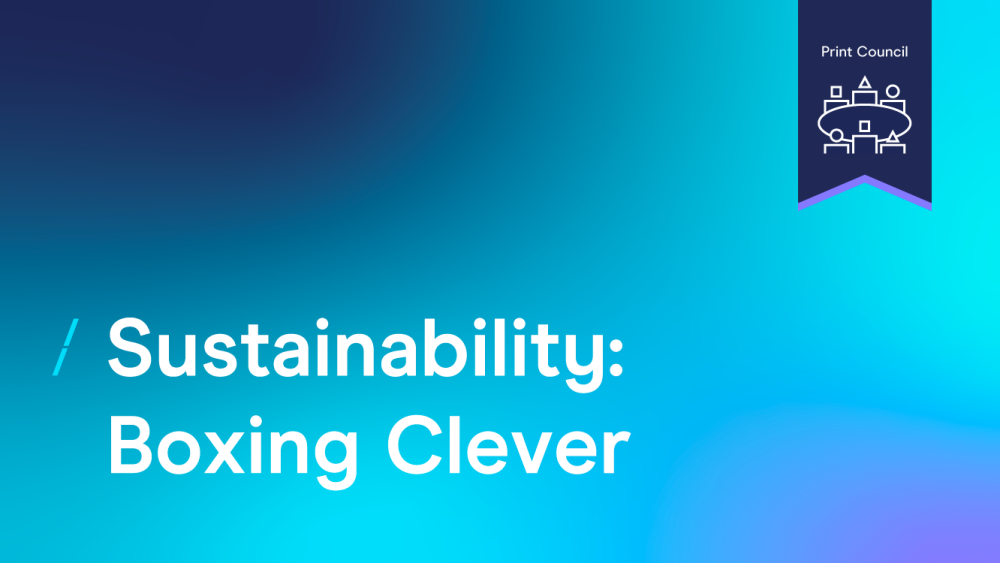Boxing Clever
22 Feb 2024

With governments, companies and organisations all over the world grappling with decarbonisation and the use of more sustainable materials in all areas of life, there’s an increasing focus on single-use packaging – especially plastics. But while a lot of single-use plastic can be replaced with 100% recyclable paper or card, there are many products that require high-barrier, multi-layered packaging that demands more complex recycling processes.
So if we are to get closer to a closed loop system, should packaging remain single-use or should we be moving towards reusable, returnable and refillable containers to protect and preserve our products?
Regulation Issue
Right now, the European Packaging & Packaging Waste Regulations (PPWR) and Extended Producer Responsibility (EPR) policy are under review. Together, they aim to tackle three core challenges:
- Reduce the generation of packaging waste.
- Promote a circular economy for packaging in a cost-efficient way.
- Promote the uptake of recycled content in packaging.
Of the traditional packaging materials, paper-based is the most recycled, with a current average European recycling rate of 82% (compared to 76% for metalic, 76% for glass, and just 38% for plastic). Today the global corrugated box sector consumes around 190 million tonnes of paper, collectively worth over £149 billion, and is predicted to grow by 6.4% by 2028.
But while paper-based packaging has a fantastic recycling rate as well as environmentally friendly manufacturing methods, for those products that require barrier layers to prevent leakage or contamination, such as food or medication, it’s still challenging to recycle.
Do You Want Sustainability With That?
Within the takeaway food sector, the use of reusable cups and bottles has grown in popularity, and there are some that say food packaging could go the same way. A number of fast-food companies such as McDonald’s France are currently running trials in reusable food packaging, but there are issues around the economic viability of collecting, cleaning and reusing millions of pieces of packaging every day.
Mass adoption of reusable packaging is more likely to happen for home and personal care products, such as cleaning liquids or shampoos, and companies such as Unilever are currently trialing reusable steel bottles for its clothes washing liquid. With the right amount of design and marketing investment, these trials could become more widespread, as long as convenience and quality are not compromised and there are plenty of incentives to adopt.
Another solution used by home delivery companies such as Riverford Organic Farmers is to use durable, paperboard trays or boxes, which can be used over ten times before they need recycling. A fraction of the cost of a reusable plastic container, these provide companies with a more cost-effective solution to the problem of single-use Food Packaging.
So What’s The Answer?
Like many things in life, the answer lies in a combination of factors that will differ from sector to sector and application to application. Reusable and single-use packaging both have essential roles in protecting, preserving, transporting, storing, dispensing, identifying and displaying consumer products. Selecting the best option should be decided on a case-by-case basis, taking into account all variables and reviewed regularly.
Whatever the solution, the first priority should always be the environment and whether your solution is making a positive and lasting impact on climate change. Get that right and you’re already halfway there.
To find out more about reusable packaging, go to https://twosides.info/fact-sheets/
Written by Josh Birch from Two Sides

Please login to comment.
Comments